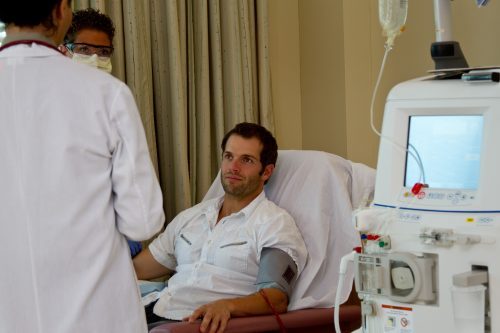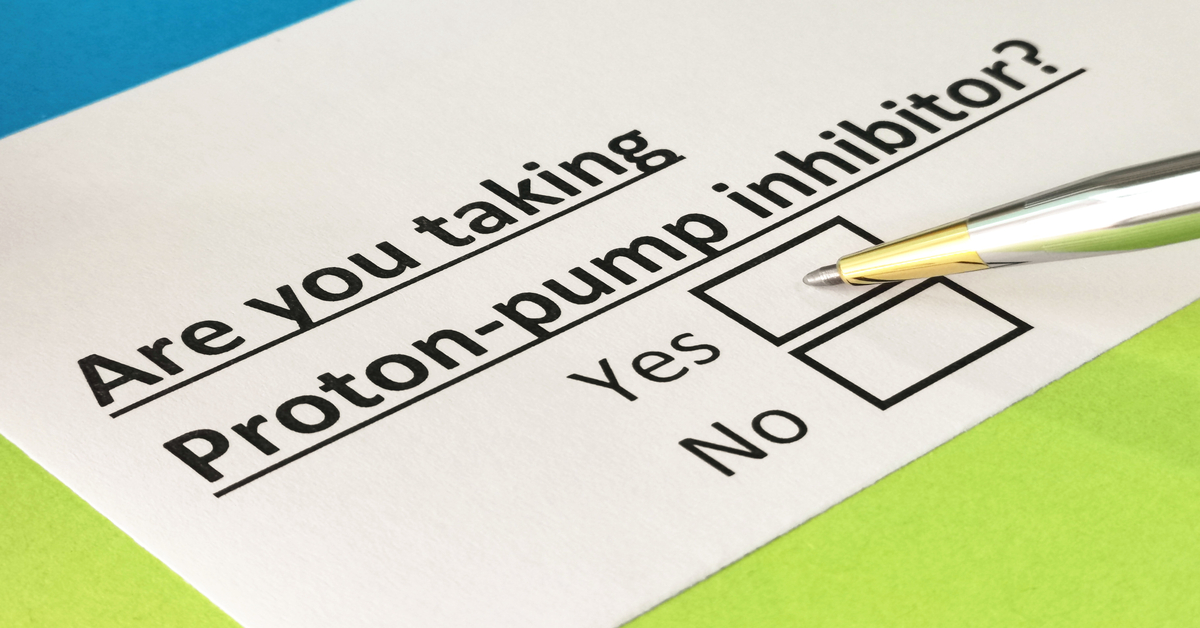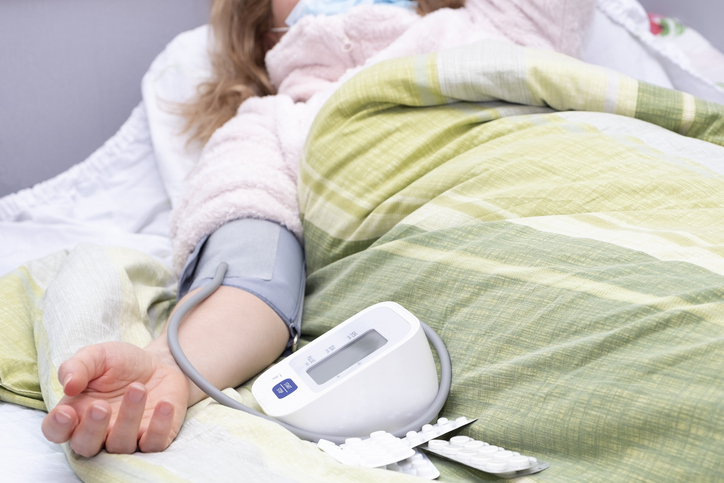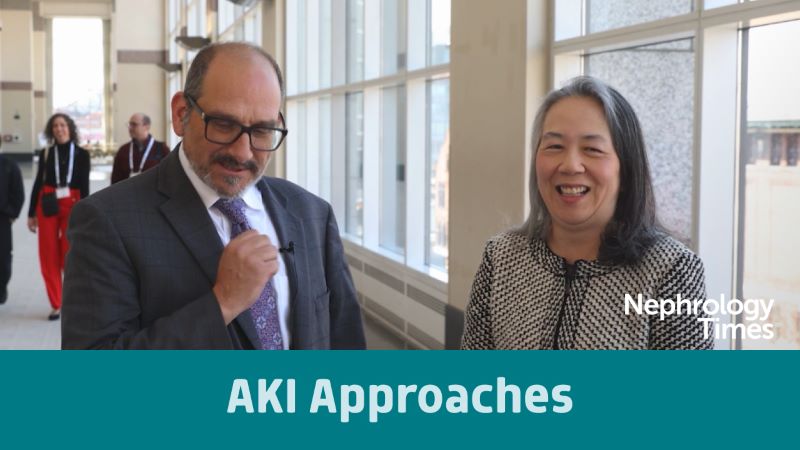
The shortage of deceased donor kidneys continues to be a concern, and is associated with increased length of time on the waiting list for transplant. The shortage accounts for the recent increase in the use of kidneys with certain risk factors such as age of donor or donors with HIV or hepatitis C. There were approximately 95,000 patients with end-stage renal disease who cleared medical evaluation on the transplant waiting list as of October 2019. Each year, there are approximately 9000 patients removed from the waiting list, due to death or deteriorating health, suggesting the continuation of the organ shortage despite the increased use of high-risk donors.
One of the stated goals of the 2019 Advancing Kidney Health initiative is to increase the number of kidneys available for transplant and to “double the number of kidneys available for transplant by 2030.” According to Caroline Liu, MHS, and colleagues, achievement of that goal may “require substantial changes to the organ procurement system.”
The researchers conducted a registry-based, propensity score-matched cohort study to examine the association of deceased donor acute kidney injury (AKI) with recipient graft survival; they also sought to characterize recovery and discard practices for AKI kidneys by organ procurement organizations. Results were reported in JAMA Network Open [2020;3(1)e1918634.
The study was conducted from January 1, 2010, to December 31, 2013. The analyses were conducted from March 1 to November 1, 2019. From 2010 to 2013, a total of 6832 deceased donors with AKI and 15,310 deceased donors without AKI had at least one kidney transplanted. A 1:1 propensity score-matched analysis was used to match deceased donors with AKI to deceased donors without AKI and investigate outcomes in their corresponding kidney recipients.
The study utilized data from DonorNet from the Organ Procurement and Transplantation Network; the network registers deceased donors and communicates organ offers. The main outcome of interest was time to death-censored graft failure; secondary outcomes included delayed graft function, primary nonfunction, and the time to all-cause graft failure.
Of the 6382 deceased donors with AKI, 98% (n=6722) were matched to deceased donors without AKI (total deceased donors=13,444). Mean age of the total cohort was 40.4 years and 63% (n=8259) were male. The analysis included 25,323 recipients; of those, 61% (n=15,485) were male and mean age was 52.0 years. Follow-up of recipients was a median of 5 years.
There were insubstantial differences in deceased donor characteristics, consistent with the propensity score-match analysis. There were no meaningful differences in deceased donor characteristics of the propensity score-matched cohort and the entire study cohort. Deceased donors with and without AKI were balanced at baseline in age, body mass index, and admission serum creatinine level.
Sixty-nine percent of the 6772 deceased donors with AKI (n=4621) had stage 1, followed by 21% (n=1409) with stage 2, and 10% (n=692) with stage 3 AKI. Deceased donors without AKI were more likely to have both kidneys transplanted compared with deceased donors with AKI (91% [6088/6722] vs 86% [5792/6722]).
Regardless of deceased donor AKI status, follow-up time was similar among recipients: 4.77 years for no AKI, 4.82 years for stage 1 AKI, 4.76 years for stage 2 AKI, and 4.77 years for stage 3 AKI. Duration of follow-up, sex of recipient, black race, and human leukocyte antigen mismatch level were comparable by deceased donor AKI status. Recipients of deceased donors with AKI were marginally older, experienced increased time on the wait list, were more likely to have undergone prior transplants, and had longer duration of ESRD. Kidneys from deceased donors with AKI were more often biopsied and/or pumped prior to transplant and had longer cold ischemia times. Biopsy and pumping was more likely in kidneys from deceased donors with stage 3 AKI compared with kidneys from deceased donors without AKI or deceased donors with lesser stages of AKI.
Among 12,513 recipients of kidneys from deceased donors, 29% (n=3643) developed delayed graft failure compared with 22% (2779/12,810) of recipients of kidneys from deceased donors without AKI (relative risk, 1.34; 95% confidence interval, 1.28-1.41; P<.001). Increasing stage of deceased donor AKI was associated with higher incidence of delayed graft function: stage 1, 25% (2157/8627); stage 2, 32% (838/2613); and stage 3, 51% (648/1273). Regardless of CKI stage, few recipients developed primary nonfunction.
The incidence of death-censored graft failure was comparable by deceased donor AKI status. When examined by AKI stage, there was no substantial risk of death-censored graft failure. There was also no difference in the incidence of all-cause graft failure by deceased donor AKI status; the results were consistent when analyzed by AKI stage.
During the study period, 85% of kidneys (17,468/20,550) from deceased donors were recovered; 12,711 kidneys from deceased donors were transplanted. A total of 3030 kidneys from deceased donors with AKI were never procured, and 4757 of 17,468 (27%) were discarded following recovery. Median proportions of recovery and subsequent discard were 87.7% and 26.1%, respectively. Rates of recovery and transplantation of AKI kidneys varied by organ procurement organization; most (39/58) had high recovery and high discard of AKI kidneys.
Limitations to the study cited by the authors included the results not representing the true strength of a randomized clinical trial, the lack of data regarding posttransplant kidney function beyond 6 months, and the calculations for recovery and discard only capturing data associated with AKI status.
In conclusion, the researchers said, “This study found that the AKI kidneys transplanted in the United States from 2010 to 2013 had comparable rates of recipient graft survival, even among the highest stages of injury. There was organ procurement organization-level variation in the allocation of practices of AKI kidneys. From our study’s findings, we believe that the transplant community should continue to use deceased donor AKI kidneys and consider research to investigate whether currently discarded AKI kidneys from deceased donors without substantial comorbidities can be used more effectively.”
Takeaway Points
- Researchers conducted a registry-based, propensity score-matched cohort study to examine the association between transplant of kidneys from deceased donors with acute kidney injury (AKI) and recipient graft survival.
- There was no association between deceased donor AKI status and death-censored graft failure; this finding remained consistent after analysis by AKI stage and adjustment for recipient and transplant characteristics.
- There was a higher incidence of delayed graft function among recipients of kidneys from deceased donors with AKI; few recipients developed primary nonfunction regardless of deceased donor AKI status.







 © 2025 Mashup Media, LLC, a Formedics Property. All Rights Reserved.
© 2025 Mashup Media, LLC, a Formedics Property. All Rights Reserved.